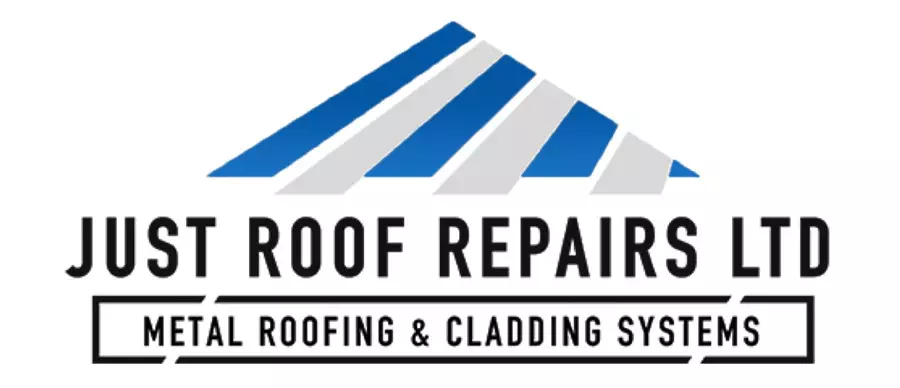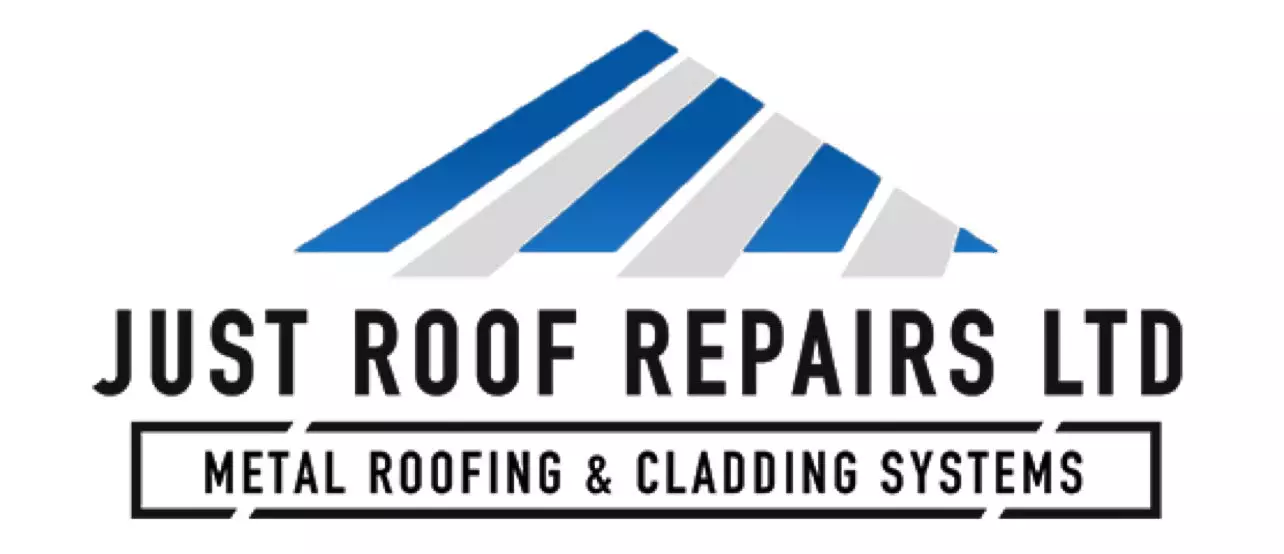When you’re inspecting your metal roof, it’s crucial to know that the most common leaks often occur around flashing and seams. These areas can become compromised over time, leading to costly repairs if not addressed promptly. You might be surprised to learn just how many factors contribute to these vulnerabilities. Understanding the signs of a leak and knowing when to take action can save you a lot of trouble down the line. But what should you look for to avoid a major headache

Common Leak Locations
When it comes to metal roofs, identifying common leak locations is essential for effective maintenance and repair. One of the primary areas to inspect is the flashing. Flashing acts as a barrier against water infiltration, but it can develop issues over time, especially around chimneys, vents, and wall intersections.
If you notice rust, gaps, or loose sections in the flashing, it’s vital to address these flashing issues promptly to prevent leaks.
Another important area to monitor is the seams. Metal roofing systems often consist of multiple panels that are connected along seams. Over time, these seams can experience failures due to thermal expansion and contraction, leading to potential water entry points.
Regularly check for signs of seam failures, such as visible gaps, rust, or water stains on your ceilings.
Additionally, inspect any fasteners used to secure the roof. If they’re loose or corroded, they can contribute to leaks as well.
Causes of Metal Roof Leaks
Leaks in metal roofs often stem from a variety of causes, many of which relate directly to the common leak locations previously discussed. One major contributor is installation errors. If fasteners aren’t properly secured, or if seams aren’t adequately sealed, you’ll likely encounter leaks over time.
Poor alignment during installation can create gaps that allow water to infiltrate, particularly in areas like valleys and around penetrations.
Another important factor is weather impacts. Metal roofs are designed to withstand various weather conditions, but extreme temperatures and heavy storms can take a toll. For instance, thermal expansion and contraction can cause fasteners to loosen, leading to potential leaks.
Additionally, ice dams can form in colder climates, trapping water and forcing it under the metal panels.
Regular inspections and maintenance can help you identify these issues before they escalate. By addressing installation errors promptly and considering the effects of weather, you can considerably reduce the risk of leaks in your metal roof.
Signs of a Leak
Identifying the signs of a leak in your metal roof is essential for maintaining its integrity and preventing further damage. You should regularly inspect your roof for any visible signs of moisture damage, as these can indicate potential leaks.
Look for water stains on interior ceilings or walls, which might suggest that water is penetrating your roofing system. Additionally, check for rust spots or corrosion on the metal panels, as these can be precursors to leaks.
Another critical sign is the presence of mold or mildew, which can thrive in damp conditions caused by leaks. During leak detection, pay attention to any unusual sounds, like dripping or water running, especially during or after rainfall.
If you notice any rusted or missing screws, it’s likely that your roof’s seals are compromised, leading to potential leaks.
Don’t ignore any sagging areas on the roof, as they can indicate trapped water. By being proactive and vigilant in recognizing these signs, you can address leaks early, minimizing moisture damage and ensuring the longevity of your metal roof.
Prevention Strategies
Addressing leaks before they develop is vital for preserving the longevity of your metal roof. One of the most effective prevention strategies is implementing routine maintenance. Regular inspections allow you to identify potential issues, such as loose screws or damaged sealant, before they escalate into considerable leaks.
Schedule these inspections at least twice a year, ideally in the spring and fall, to align with seasonal changes that may affect your roof.
Additionally, verify that your roof has adequate weather protection. Check for any debris accumulation, such as leaves or branches, which can trap moisture against the roof surface, leading to corrosion.
Cleaning your roof regularly helps maintain its integrity.
Also, pay attention to the flashing around chimneys, vents, and other protrusions. Properly installed and maintained flashing is essential for preventing water infiltration. If you notice any signs of wear or damage, replace or repair the flashing promptly.
Lastly, consider applying a protective coating to your metal roof. These coatings can enhance durability, improve resistance to rust, and provide an extra layer of weather protection.
Repairing Metal Roof Leaks
When you discover a leak in your metal roof, timely repairs can prevent further damage and costly repairs down the line. Start by identifying the source of the leak, which often occurs around seams, fasteners, or penetrations.
Once located, clean the area thoroughly to remove any debris, rust, or old sealant. Next, choose the appropriate sealant types for your specific metal roofing material. For instance, silicone sealants are ideal for their flexibility and longevity, while polyurethane sealants offer excellent adhesion.
After selecting a sealant, apply it generously over the leak and surrounding area, ensuring it fills any gaps and cracks. In addition to sealing, consider reinforcing vulnerable areas with metal flashing or patches for added protection.
Regular maintenance tips can help you extend the life of your repair. Inspect your roof at least twice a year, looking for rust spots, loose fasteners, or damaged seams. Address minor issues promptly to prevent larger problems later.
When to Call a Professional
Sometimes, knowing when to call a professional for a metal roof leak can save you time, money, and potential safety hazards.
If you notice significant water damage inside your home or persistent leaks that you can’t pinpoint, it’s time to seek expert help. Professionals have specialized tools for leak detection that can identify issues you might overlook, such as hidden corrosion or compromised seams.
If your metal roof is older or you’ve neglected regular roof maintenance, calling a professional is wise. They can assess the overall condition of your roof and recommend necessary repairs or upgrades.
Additionally, if the leak is extensive or involves structural components like rafters or trusses, it’s essential to involve an expert.
Frequently Asked Questions
How Long Does a Metal Roof Typically Last Before Leaking?
A well-maintained metal roof typically lasts 40-70 years before leaks occur. By employing leak prevention techniques, like regular inspections and proper sealing, you can greatly enhance metal roof longevity and reduce leak risks over time.
Can Weather Affect the Severity of Metal Roof Leaks?
Yes, weather greatly impacts leak prevention. Heavy rain, snow, and high winds can exacerbate existing vulnerabilities in your metal roof, making regular inspections and maintenance essential to guarantee peak performance and longevity against severe weather conditions.
Is DIY Repair Safe for Inexperienced Homeowners?
When you ascend the ladder, the repair techniques you choose matter. You’ll need safety precautions like harnesses. For inexperienced homeowners, it’s wise to consult professionals to avoid accidents and guarantee a secure, lasting fix.
What Materials Are Best for Sealing Metal Roof Leaks?
To effectively seal metal roof leaks, you’ll want to use silicone or polyurethane sealants. Employ repair techniques like applying tape or caulking to joint areas, ensuring a durable, weather-resistant barrier against moisture intrusion.
How Much Does It Cost to Repair a Metal Roof Leak?
Did you know that metal roof leak repairs can range from £300 to £1,500? Conduct a thorough leak assessment to determine the extent, then choose appropriate repair techniques to guarantee effective and lasting solutions.
Conclusion
In summary, understanding common leak locations, recognizing signs of a leak, and implementing prevention strategies can save you time and money. By regularly inspecting your flashing and seams, you can catch issues early and maintain your roof’s integrity. When leaks occur, knowing how to repair them effectively is essential. And if the problem seems beyond your expertise, don’t hesitate to call a professional. Taking these steps guarantees a durable, leak-free metal roof for years to come.


